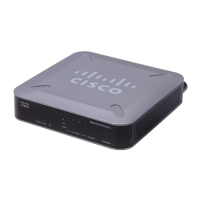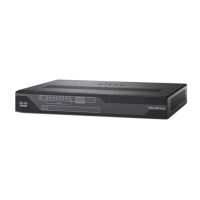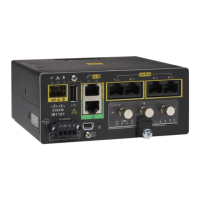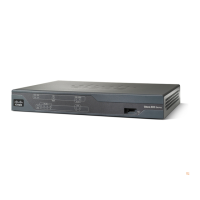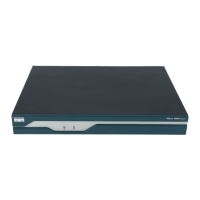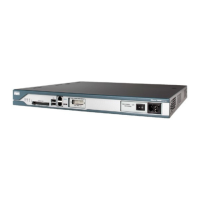Implementing Carrier Grade NAT on Cisco IOS XR Software
This chapter provides an overview of the implementation of Carrier Grade NAT on Cisco IOS XR Software.
Getting Started with the Carrier Grade NAT
Perform these tasks to get started with the CGN configuration tasks.
Configuring the Service Role
Perform this task to configure the service role on the specified location to start the CGN service.
Removal of service role is strictly not recommended while the card is active. This puts the card into
FAILED state, which is service impacting.
Note
SUMMARY STEPS
1.
configure
2.
hw-module service cgn location node-id
3.
end or commit
DETAILED STEPS
PurposeCommand or Action
Enters global configuration mode.configure
Example:
RP/0/RP0/CPU0:router# configure
Step 1
Configures a CGN service role on location 0/1/CPU0.hw-module service cgn location node-id
Example:
RP/0/RP0/CPU0:router(config)#
hw-module service cgn location
0/1/CPU0
Step 2
Saves configuration changes.end or commit
Example:
RP/0/RP0/CPU0:router(config)# end
or
RP/0/RP0/CPU0:router(config)# commit
Step 3
•
When you issue the end command, the system prompts you to commit
changes:
Uncommitted changes found, commit them before exiting
(yes/no/cancel)?
[cancel]:
Cisco IOS XR Carrier Grade NAT Configuration Guide for the Cisco CRS Router, Release 5.2.x
22 OL-32659-01
Implementing Carrier Grade NAT on Cisco IOS XR Software
Implementing Carrier Grade NAT on Cisco IOS XR Software

